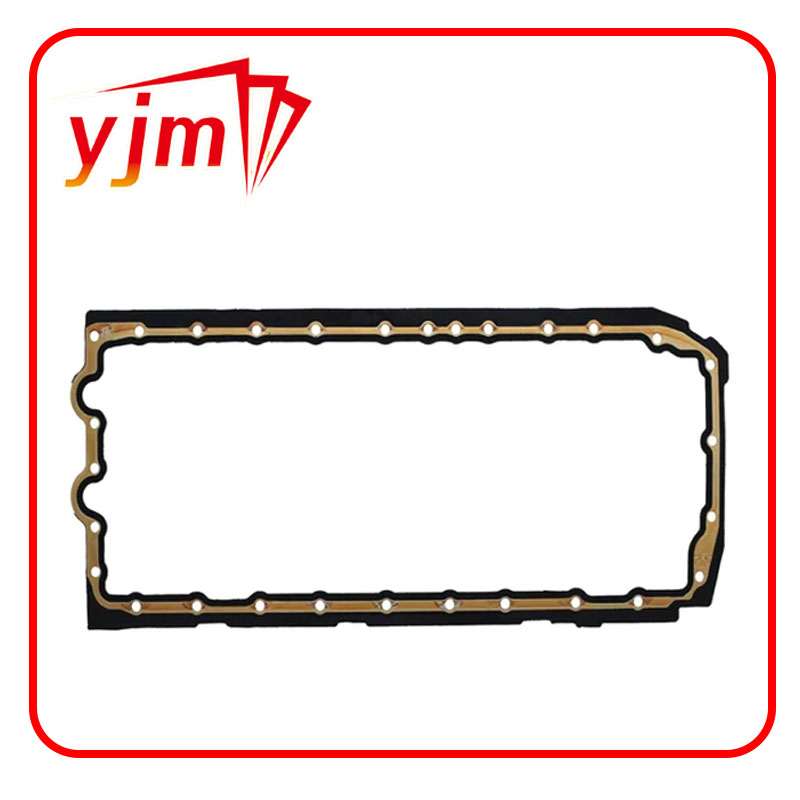Understanding the Importance of Oil Pan Plug Maintenance in Vehicle Performance and Longevity
Understanding the Importance of the Oil Pan Plug
The oil pan plug, often referred to as the drain plug, plays a crucial role in the health and maintenance of a vehicle’s engine. This small component, located at the bottom of the oil pan, is primarily responsible for retaining engine oil within the pan while also providing a means for draining the oil during regular maintenance. Understanding the function, importance, and maintenance of the oil pan plug can help vehicle owners prolong the life of their engine and optimize performance.
Function of the Oil Pan Plug
The oil pan plug serves as a sealing mechanism that prevents the engine oil from leaking out of the oil pan. This is vital since engine oil lubricates various moving parts within the engine, reducing friction and preventing overheating. The plug is typically made from durable materials such as steel or aluminum and is designed to withstand the high temperatures and pressures generated within the engine.
When it comes time for an oil change, the oil pan plug provides an exit for the old oil. By simply loosening and removing the plug, vehicle owners or mechanics can allow the used oil to drain out completely, ensuring that all contaminants and debris are removed from the oil pan. This step is essential in maintaining the engine's performance and longevity, as fresh oil is crucial for efficient operation.
Importance of Regular Maintenance
Regularly checking and maintaining the oil pan plug is as important as changing the engine oil itself. Over time, the threads on the plug can become worn or damaged, leading to potential leaks. If a leak occurs, it can not only lead to a loss of oil but can also cause significant damage to the engine over time, as inadequate lubrication leads to increased friction and wear.
oil pan plug

It’s also important to use the correct sealant or washer with the oil pan plug to ensure a tight seal. Many modern vehicles come with a rubber or crush washer that compresses when the plug is tightened, creating a secure seal. If this washer is old or damaged, it should be replaced during an oil change to prevent leaks.
Signs of Issues with the Oil Pan Plug
Vehicle owners should be vigilant for signs of oil leaks, which may indicate a problem with the oil pan plug. If you find oil spots on the ground where you park your car, or if you notice the oil level dropping faster than usual, it could be a sign of a leaking drain plug. In such cases, it’s important to inspect the plug and surrounding area for any obvious damage or wear.
Additionally, if you hear unusual noises from the engine, such as knocking or grinding sounds, it may indicate an oil deficiency resulting from a leak. These sounds should not be ignored, as they can indicate serious issues that could lead to costly repairs if left unattended.
Conclusion
The oil pan plug may be a small and often overlooked component, but it plays a significant role in maintaining the health of an engine. Regular checks and maintenance of the oil pan plug can help prevent leaks and potential damage to the engine, ensuring that the vehicle continues to perform at its best. By understanding the importance of this small yet mighty component, vehicle owners can take proactive steps to ensure their engines remain in optimal condition, ultimately saving time and money on repairs in the long run. Remember, a well-maintained vehicle is not only safer but also more efficient, providing peace of mind on every journey.
-
The Ultimate Guide to Car Repair Kits: Tools and Essentials Every Driver Should Own
News Aug.01,2025
-
The Complete Guide to Oil Pan Gaskets: Sealing Engine Leaks the Right Way
News Aug.01,2025
-
Preventing Oil Leaks: A Complete Guide to Oil Pan Gaskets and Drain Seals
News Aug.01,2025
-
Everything You Need to Know About Oil Pan Gaskets and Drain Plug Seals
News Aug.01,2025
-
Essential for Car Owners: How to Use a Car Repair Kit to Deal with Minor Breakdown
News Aug.01,2025
-
Comprehensive Guide to Engine Oil Sump Gaskets and Related Seals
News Aug.01,2025
-
The Ultimate Guide to Boat Propeller Bearings and Trailer Wheel Bearings
News Jul.31,2025
Products categories















